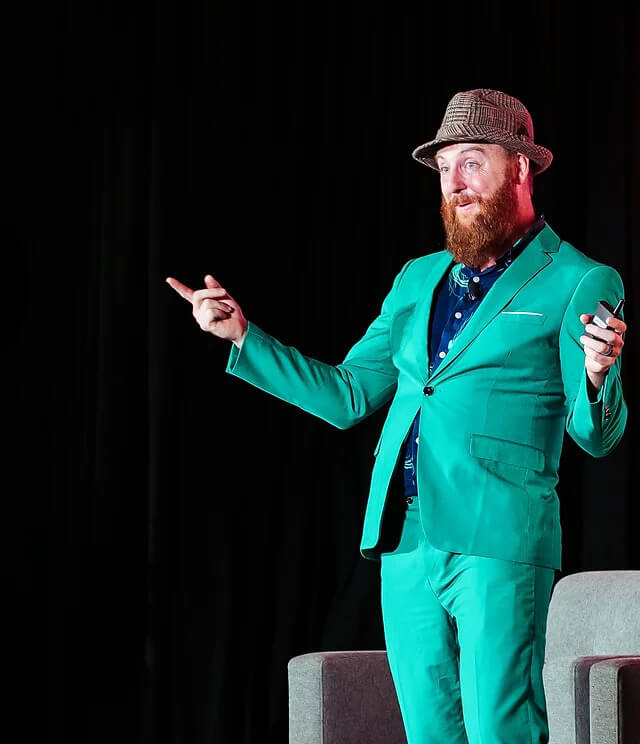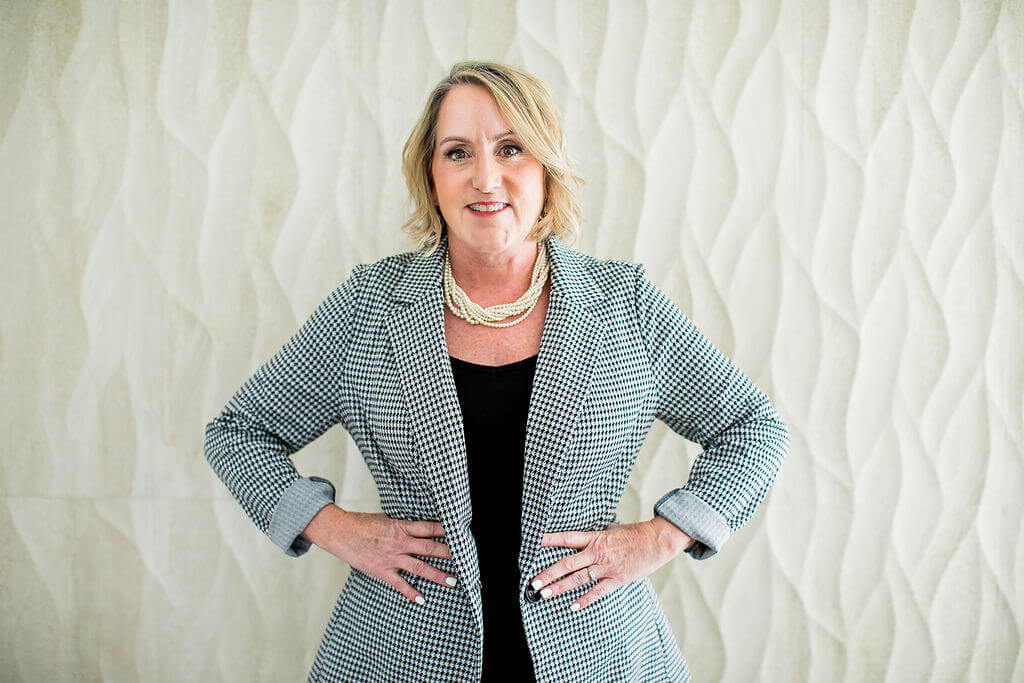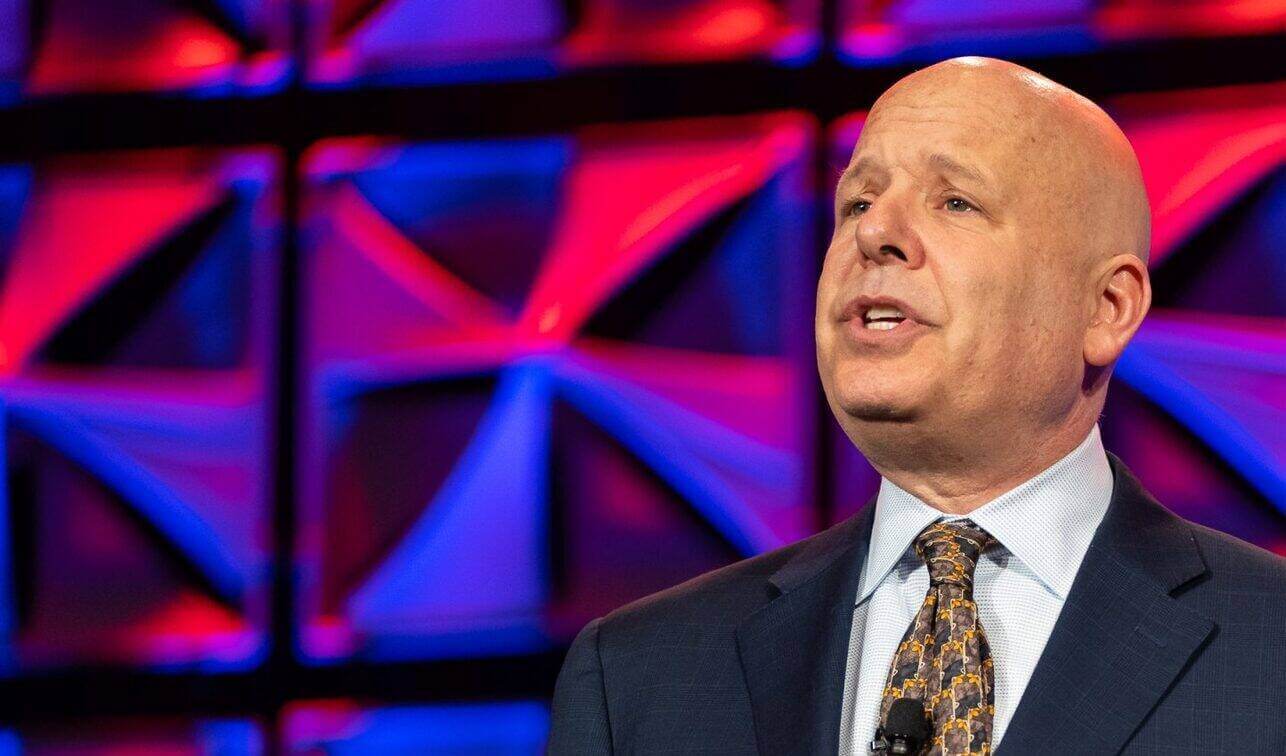Customer experience is all about how your agents interact with the customers. According to Gartner, over 70% of customer experience leaders are trying to design projects that will actually boost loyalty and deliver results.
So, what are the key elements of a customer experience strategy that meets customer needs and business goals? A good CX question, right?
In our chat with Nate Brown, Co-founder and Executive Director of CX Accelerator, we explore his dedication to building an effective customer experience strategy. Nate's extensive background in customer service and various CX disciplines has fueled his mission to help organizations prioritize CX. Let’s dive into his expertise!
From customer service to CX leadership: Nate’s journey
Q: Nate, after spending a decade in Customer Service, what inspired you to shift to Customer Experience in 2015, and how did that shift influence your approach?
I still love Customer Service, and I still spend most of my energy there. However, adopting a larger CX mentality makes me a better service leader. I can see so much more puzzle…why customers need service, what really matters to them, how to best plug into the framework of the organization to reduce friction, and so much more.
Understanding CX is often what happens to make Customer Service the strategic force it can / should / would be.
Q: You've worked with numerous world-class organizations. What key experience has most shaped your understanding of the customer journey's importance in CX?
Nothing beats the work of speaking directly with a large number of customers. This was true in the gaming space, technology, and music industries. Customer feedback data is so important, but you don’t have “eyes to see” the data until you KNOW the customer…how they think, how they feel, what kind of person they are, and what motivates them. This type of knowledge, combined with the data, is what equips a CX leader to make the right changes in the right ways.

The vision behind co-founding CX Accelerator
Q: What inspired you to co-found CX Accelerator, and what are your main goals for the community?
Honestly, it started because I was lonely in my role as a CX leader. It was hard for me to find inspiration inside the walls of my own office, but I knew there was a remarkable network of CX pros out there just waiting for the right mechanism to help one another. CX Accelerator has been that for hundreds.

Source: CX Accelerator
The main goals presently are to foster additional value/engagement through the Slack space, design our cohort program for CX careers, and grow our network of in-person gatherings.
Overcoming challenges while building a CX-focused community
Q: What challenges have you faced while building CX Accelerator, and how did you overcome them?
At first, CX Accelerator was very heavy on just contact center peeps. This is great, but we needed that infusion of “big picture” CX thinking. Our members went to work inviting amazing people! Before long, we had a wonderful representation across the larger CX ecosystem. From there, I had to learn how to “extend” myself across a group of remarkable leaders. Together, this core team did a tremendous amount of back-channeling and other techniques to grow engagement and add value. We still have much to learn and much that we want to do coming into 2025!
Insights on a proven customer experience strategy
Q: You often emphasize the importance of understanding the customer journey. What are some effective strategies for mapping and analyzing it?
I love to begin with a “listening path map” that simply covers the key touchpoints in the customer journey and captures all the ways you are collecting feedback (structured and unstructured) across those areas. What you will likely find is that you don’t have the VoC data you truly need for an effective journey map.
Once the blind spots are identified and VoC listening mechanisms are added, the mapping process can begin with touchpoints, expectations, friction points, and key success data.
Leveraging AI to enhance customer journey mapping
Q: How can AI help understand and map the customer journey, especially when identifying friction points?
AI can be a tremendous method to address the “blind spots” mentioned above. It could be a part of the journey where the customer is not going to articulate outright how the experience is, but AI listening capabilities can very effectively mine out customer sentiment data on interactions of all types.
Aligning employee engagement with CX success
Q: How can organizations use employee engagement to improve the customer journey and enhance overall CX?
I would start by saying that employees can often sniff out when something is being done not actually for them, but in pursuit of a “business objective.” Do employee engagement because it’s the right thing to do, and the company is a community of people. But YES, as we all know, when we activate our employees for the right reasons, Customer Experience comes to life. Employees will take pride in protecting the promises the business has made to its customers, and will personally go to great lengths to ensure those promises are fulfilled.
Hierarchy of customer experience needs
Q: On the CX Innovation Podcast, you recently discussed the 'Hierarchy of Customer Experience Needs'. Can you explain this concept and how it relates to Maslow's hierarchy of needs?
If CX is “understanding the thoughts and perceptions that people have towards a brand”, then changes in customer psychology represent a huge change in how we need to perform our work. When it comes to decoding why people behave the way they do, there is one resource I often drift back to Maslow’s hierarchy of needs.
Layers of customer thought: navigating the experience
Q: In your CX strategies, how do you prioritize elements like trust, safety, and mission alignment?
In short, I don’t. The customer does. As soon as the business starts to assume they know what is most important in customer decision-making, they are very highly to navigate off-course. A proper “Voice of Customer Engine” (to use the Jeanne Bliss term) is required to truly know how these elements should be prioritized.

Starting strong in CX: Nate’s advice for newcomers
Q: Reflecting on your journey, what advice would you give to someone just starting their career in customer experience?
Find a company where you truly believe in “the promise” that is being made to the world. The most translatable thing in Customer Experience work will be your enthusiasm to see that promise protected. The science of CX must rest on this foundation of intrinsic motivation, otherwise the work is likely to burn you out and leave you feeling pretty empty. Oh, and of course, join CX Accelerator to link arms with other amazing CX pros who are just starting out as well!
Recap on the insights from Nate Brown
Nate Brown breaks down what it really takes to build a winning customer experience strategy. From journey mapping to AI-powered insights, Nate shows how understanding the customer and focusing on employee engagement can make all the difference. His experience as a leader in CX gives him a unique perspective on how to help businesses truly prioritize their customers. And with his work at CX Accelerator, Nate has built a thriving community to support CX pros and drive innovation across the industry.
One of Nate’s key messages? Customer experience isn't just about delivering service—it’s about understanding why customers need service in the first place. By listening to feedback and leveraging AI to uncover hidden friction points, businesses can map out every touchpoint in the customer journey and act on the insights that matter most. Pair that with a team that’s deeply invested in the company’s mission, and you’ve got a recipe for success.
Looking to scale your CX strategy? If a new help desk platform is part of your growth plan, Help Desk Migration can help make the data transition seamless. We’ll ensure your data moves safely to your preferred customer service software, allowing you to focus on delivering the best customer experience possible.
Ready to start your CX journey? Nate’s advice is simple: find a company whose promise inspires you and be relentless in protecting it. Passion is the foundation of any great CX career. Oh, and don’t forget to tap into a community like CX Accelerator—there’s a whole world of CX pros ready to support you.



